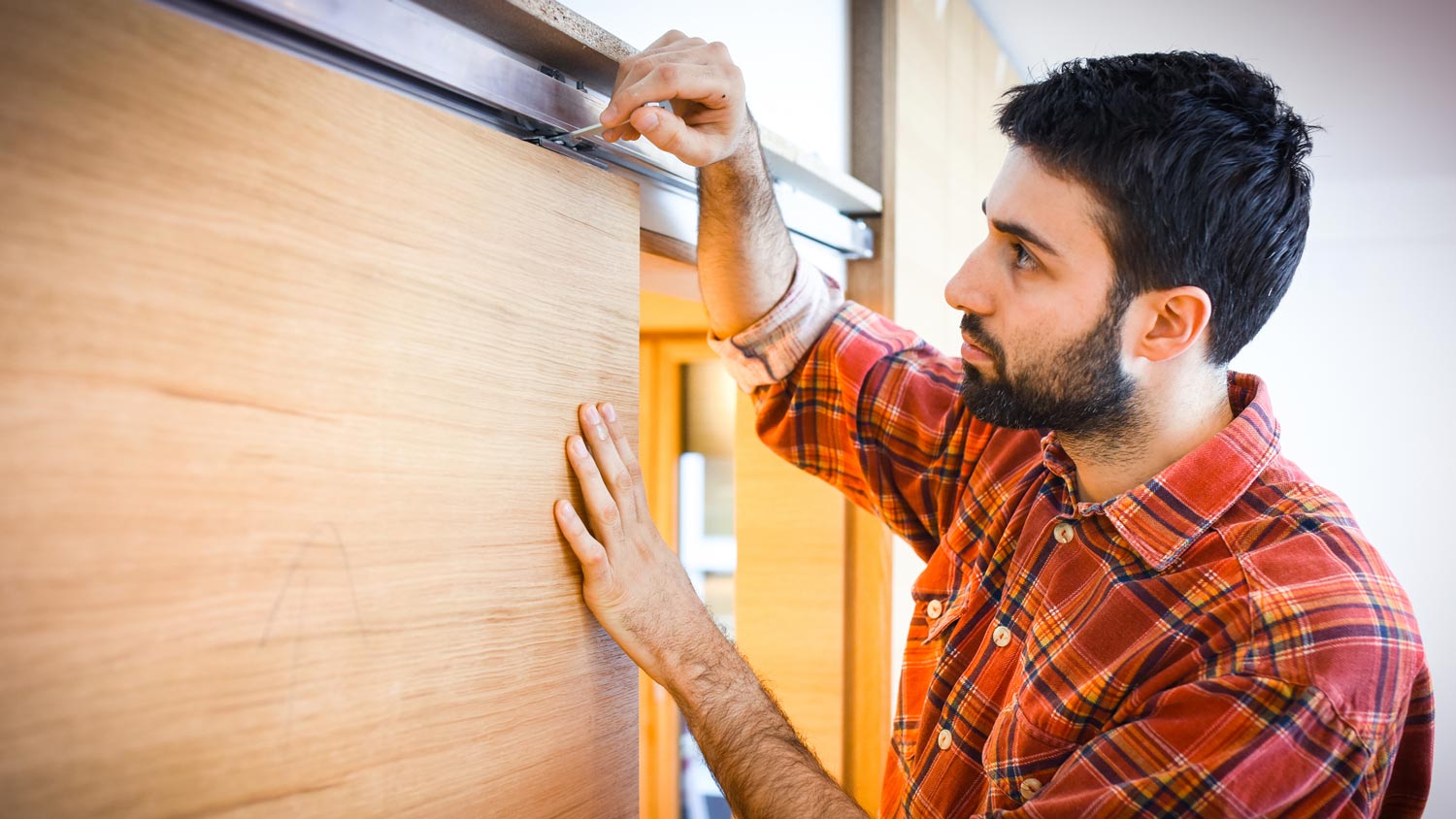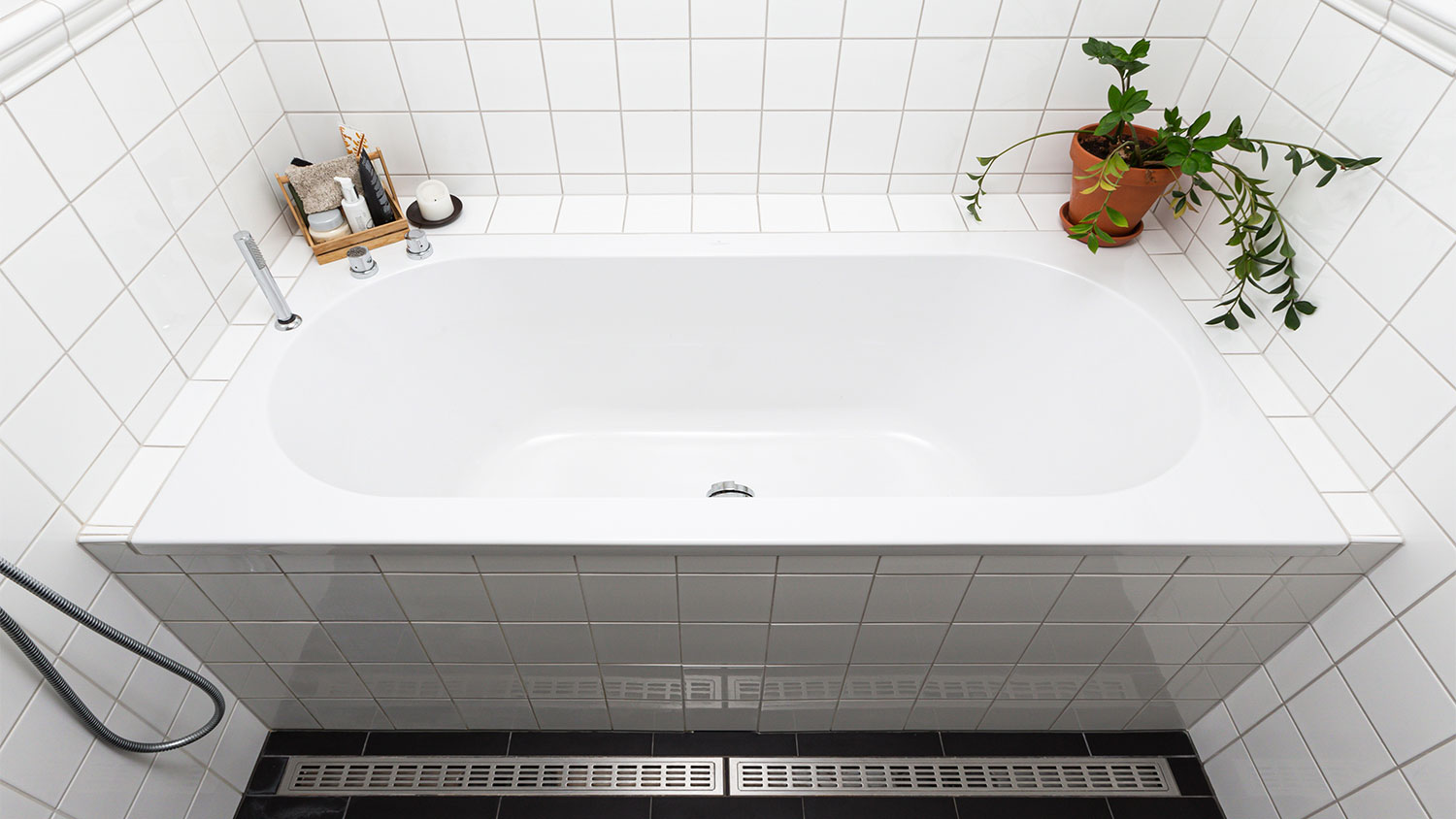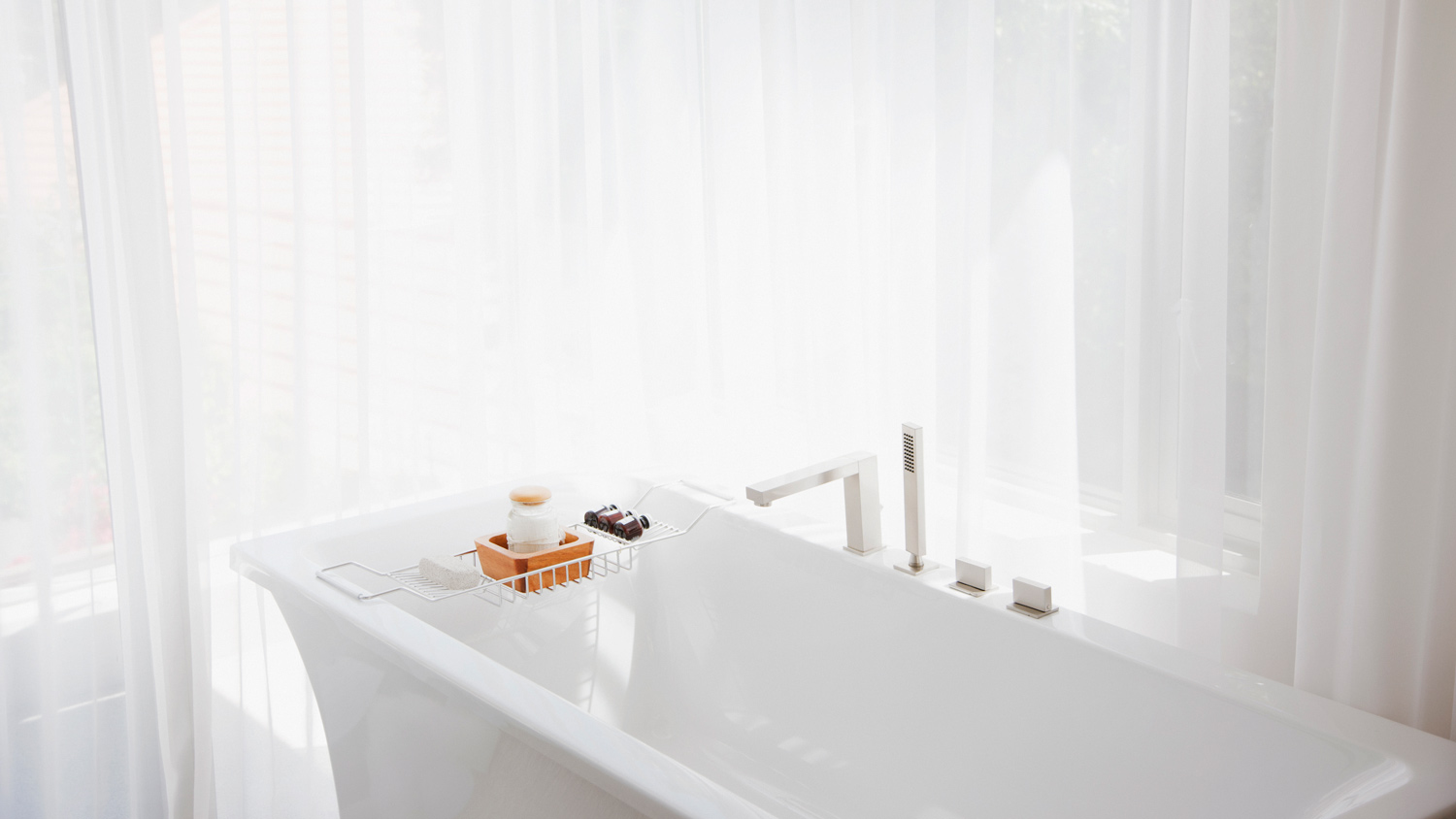
A guest house remodel is a significant project and can easily cost over six figures. Learn how size, location, and any special features contribute to your guest house remodel cost.
Plywood and MDF each have advantages that make them suited to specific household projects


MDF and plywood are similar-looking products made from real wood
MDF consists of wood fibers glued into smooth panels with no grain
Plywood is formed from very thin sheets of wood
MDF is lower in cost but can’t handle much weight or moisture
Plywood is versatile enough for use in indoor or outdoor projects
Engineered wood products can be tough to tell apart, and they’re often sold side-by-side at home improvement stores. However, their differences in construction and appearance make them better suited to different types of projects. Learn the advantages and drawbacks of MDF and plywood to decide which is the best option for your next household project.
MDF stands for medium-density fiberboard. It’s a type of engineered wood made up of wood fibers, wax, and resin adhesive formed into panels by applying heat and pressure. The resulting smooth wood product has no visible wood grain, rings, knots, or other character marks. It may be treated with a veneer sealant to give it water or fire resistance.
Low cost
Very smooth surface doesn’t splinter
Easy to paint and cut
Dense and strong
No wood grain
Density makes panels heavy
Dulls saw blades quickly
Produces a large amount of dust when cut
Not water resistant
Bends or sags under weight
Emits volatile organic compounds (VOCs)

Plywood is a type of engineered wood made from thin sheets of wood veneer peeled from logs. These sheets are pressed and bonded into solid panels using adhesives under high heat. Plywood grades vary in thickness, smoothness, and visual appeal. Low grades are often used for subflooring, while high grades are stained and used by cabinet makers and for shelving.
Available in different thicknesses and wood species
Very strong
Less susceptible to water damage
Able to be painted or stained
Holds screws well
Available with low or no VOCs
More expensive than MDF
Layers show on edges
Often splinters
Difficult to cut smoothly
Let’s compare these two engineered wood products across a range of variables to help you decide which is best for the project you’re planning.

Because plywood is made with strips of solid wood, surfaces made of plywood tend to look more like real wood than those made of MDF. Higher grades of plywood are even more smooth with plenty of natural character from wood grain. In contrast, MDF is not smooth and has no character marks.
Most visually appealing: Plywood
When choosing between MDF and plywood, one of the most important considerations is whether you plan to paint or stain your finished project. MDF’s smooth surface and lack of grain allow it to take paint well if an oil-based primer is applied first. You can still paint plywood, but it works best with stains, thanks to its natural solid wood appearance.
Most customizable: Tie
Plywood’s cross-grain construction gives it dimensional stability, meaning it won’t expand, shrink, contract, or warp when exposed to changes in temperature or humidity. Its dimensions and strength are consistent over time.
Plywood is also harder than MDF. MDF tends to be damaged more easily when handled roughly and can sag if too much weight is applied. Shelving or furniture made from MDF needs to be carefully reinforced.
Most durable: Plywood

While pricing ultimately comes down to the thickness and grade of the wood, you’ll generally find MDF priced more affordably than hardwood.
For example, according to HomeAdvisor, the cost to build a built-in bookcase using MDF is $40 to $150 per linear foot, while the cost to use plywood for the same project is $60 to $225 per linear foot.
Higher grades of plywood are priced higher because of the natural hardwood aesthetics they offer. You can get away with lower grades for wood that won’t be seen, such as subflooring.
Most affordable: MDF
If you’re planning a DIY project, MDF is easier to cut smoothly than plywood. Its softness and lack of wood grain prevent it from splintering and cracking along its edges, even if you’re carving in curves, ridges, sharp angles, or other elaborate trim. Plywood’s rough edges are not suited to fancy cuts. Even straight cuts through plywood can result in ragged edges.
However, MDF’s soft core tends to split more easily and doesn’t anchor screws well. In contrast, plywood’s cross graining reduces splitting when nailing or screwing along its edges. In general, while MDF is best for more affordable furniture and any simple interior design pieces that you plan to paint, plywood is still relatively easy to use for experienced DIY enthusiasts.
Easiest to use: MDF

You have to be careful when working with either MDF or plywood. Both products tend to emit VOCs and formaldehyde into the air, which are known irritants to the lungs and nervous system. To help reduce these possible emissions, you can paint, prime, seal, or stain your wood product. Just keep in mind that these practices won’t eliminate emissions entirely.
Luckily, you can find formaldehyde-free plywood, though be prepared to spend more on it than you would for regular plywood. MDF also creates far more sawdust when cut, so you’ll need to work with it in a well-ventilated area while wearing protective gear such as a mask, goggles, or a respirator.
Most eco-friendly: Plywood
MDF is most often used for cabinets, molding, trim, shelving, and other indoor applications. Plywood can be used for all of these purposes and more, including stairs, flooring, roofing, walls, framing, and interior rails. Its grain allows it to bend more easily, meaning it can even be used to create curved surfaces.
In general, you’re better off using plywood for most outdoor projects. MDF tends to soak up water more easily, causing it to warp and swell. Plywood holds up well outdoors.
Most versatile: Plywood
From average costs to expert advice, get all the answers you need to get your job done.

A guest house remodel is a significant project and can easily cost over six figures. Learn how size, location, and any special features contribute to your guest house remodel cost.

Remodeling your bathroom can add significant value to your home. Your bathroom remodel cost in Columbus, OH will depend on size, fixtures, materials, labor, and other factors.

Accurately plan your project budget with this kitchenette cost breakdown and know where to save or splurge. Here are key factors for how much it costs to install a kitchenette.

An updated bathtub can give a bathroom a whole new look. Find out how much it costs to replace a bathtub in Washington, D.C., including prices by type and labor costs.

An updated bathtub can give a bathroom a whole new look. Find out how much it costs to replace a bathtub in Kansas City, MO, including prices by type and labor costs.

Undermounted sinks are elegant upgrades to any kitchen and can add to your home’s resale value. But are they the best option? Here we’ll learn the pros and cons of having an undermount sink.